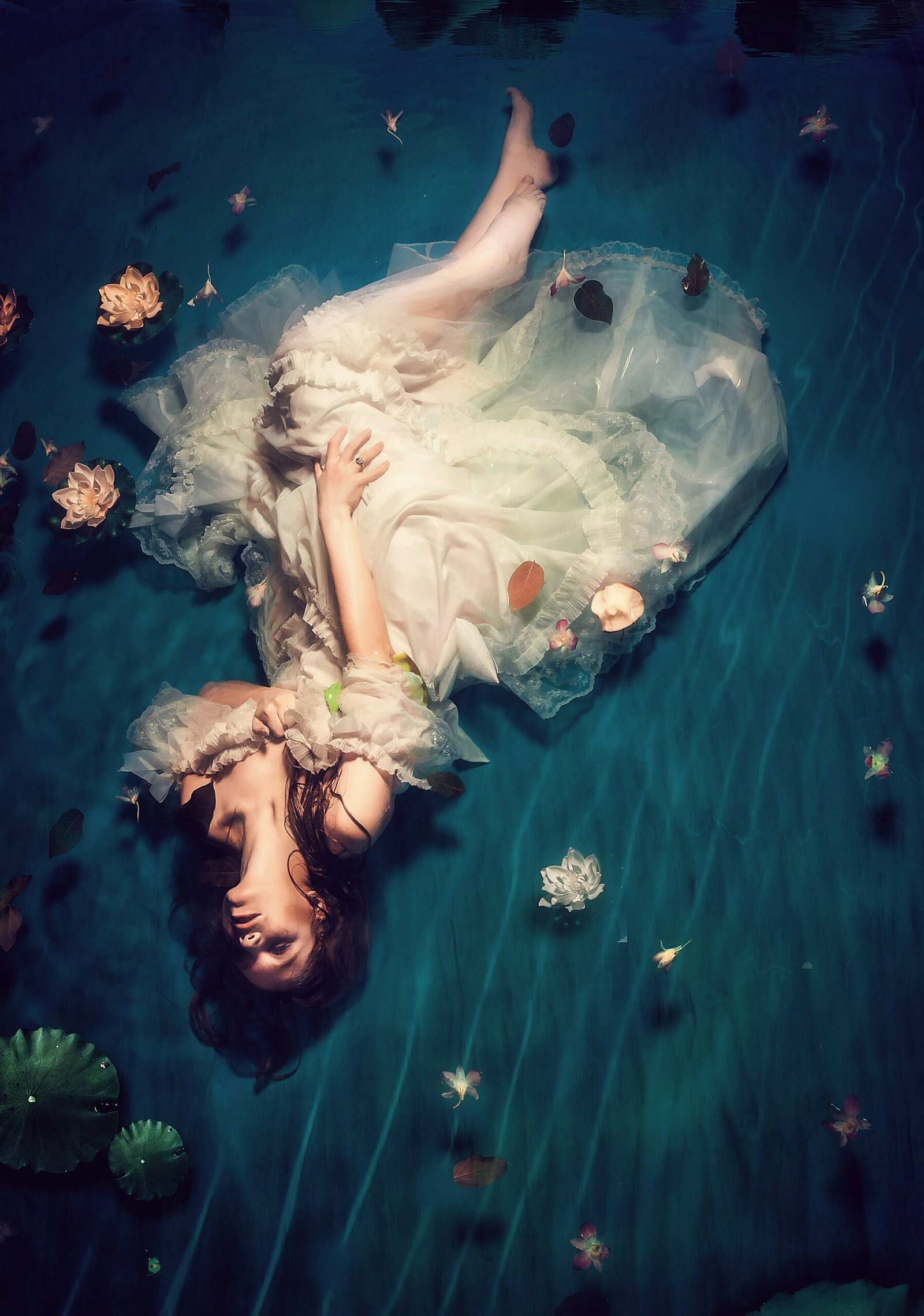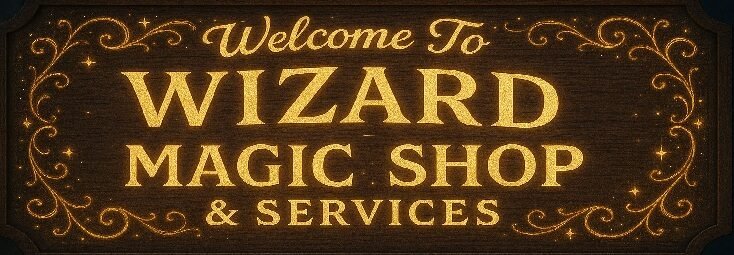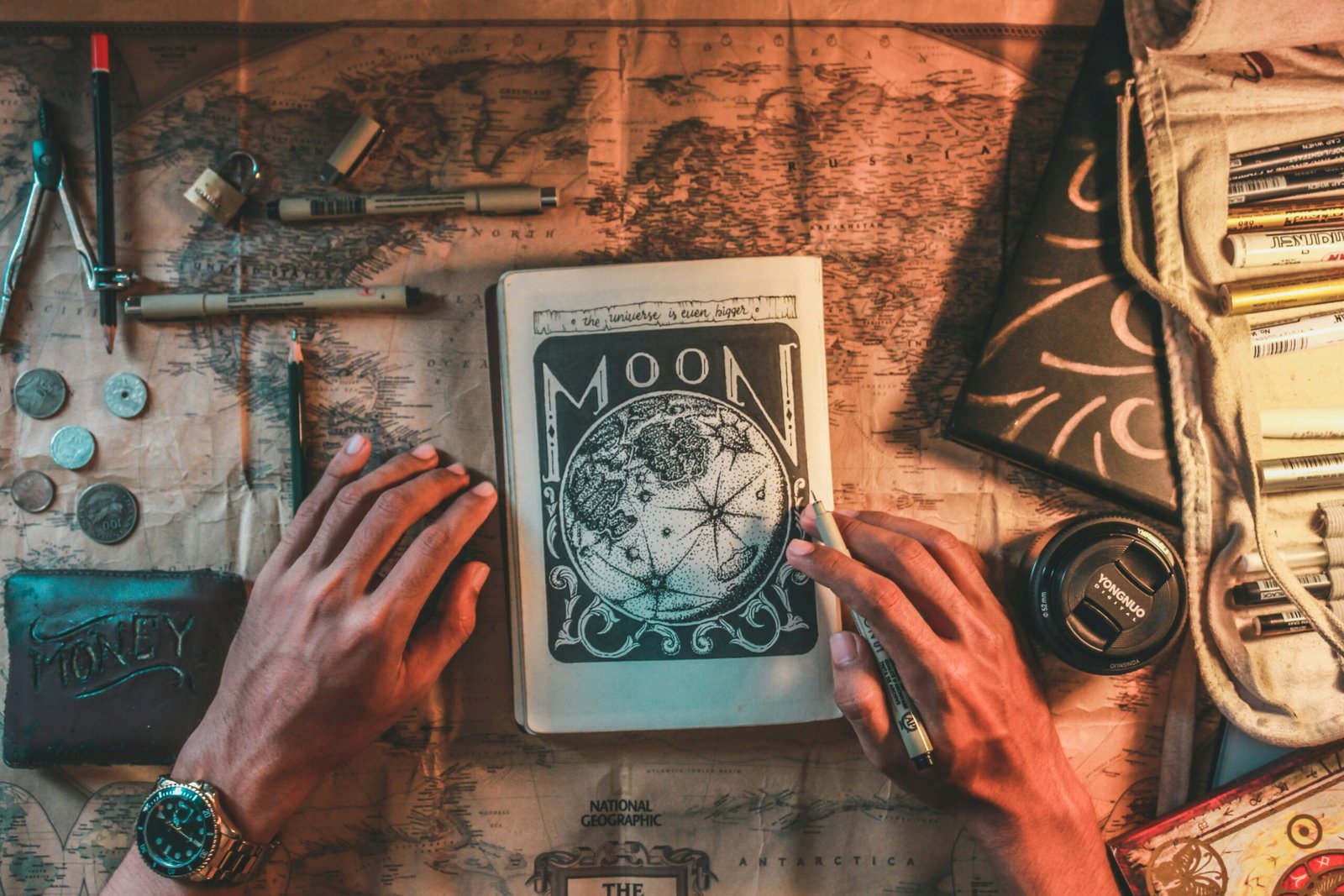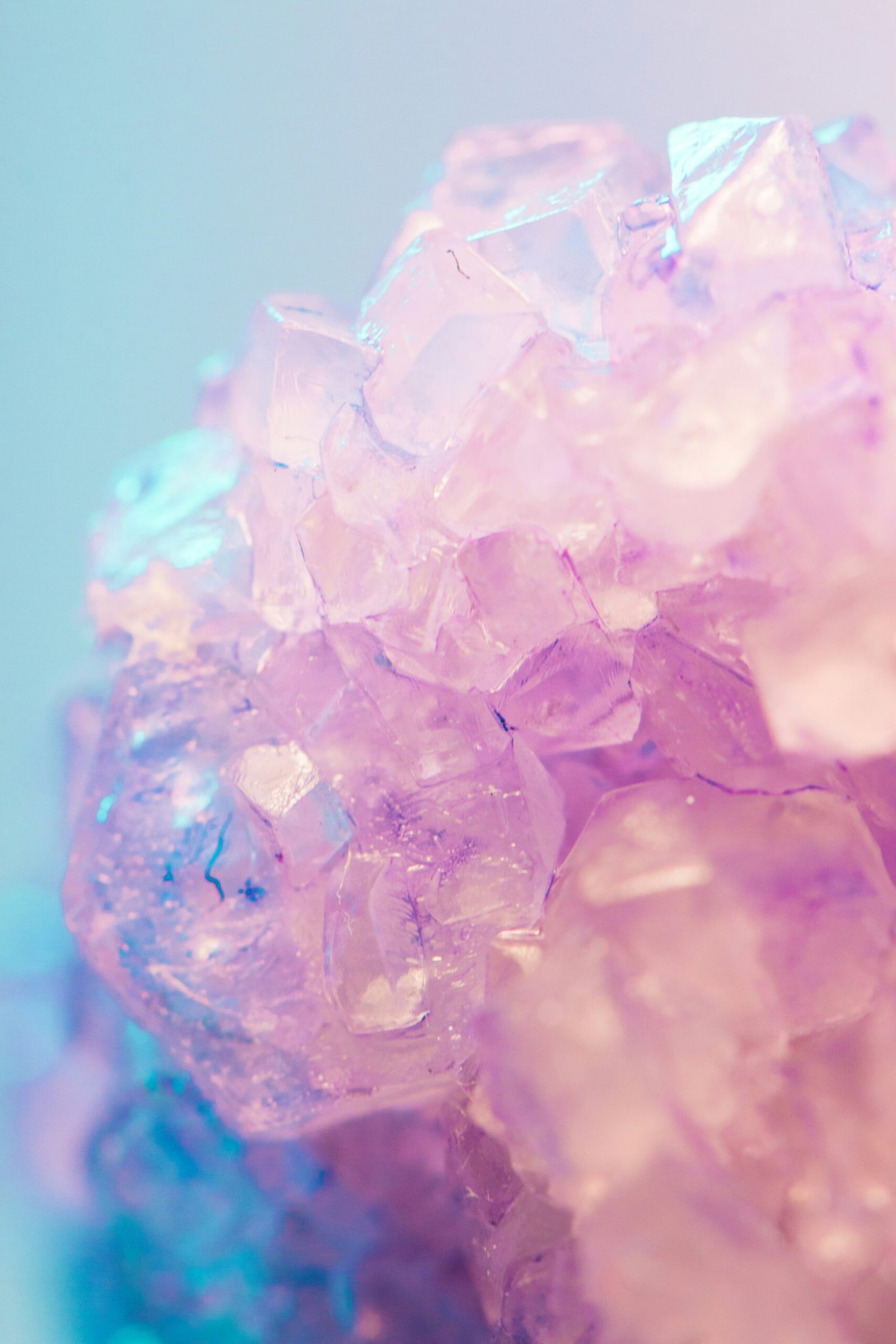The Fascinating History of Animals Used in Magic Shows

Photo by <a href="https://unsplash.com/@alicealinari" rel="nofollow">Alice Alinari</a> on <a href="https://unsplash.com/?utm_source=hostinger&utm_medium=referral" rel="nofollow">Unsplash</a>
Magic shows have captivated audiences for centuries, using sleight of hand, illusions, and of course, the involvement of animals. From rabbits popping out of hats to tigers disappearing into thin air, animals have played a significant role in the world of magic. However, the use of animals in magic shows has a complex and controversial history that is worth exploring.
Throughout ancient times, animals were revered for their mystical qualities and were often associated with supernatural powers. In ancient Egypt, for example, cats were considered sacred and were believed to possess magical abilities. This belief in the mystical nature of animals laid the foundation for their inclusion in magic performances.
During the Middle Ages, magicians began incorporating animals into their acts to enhance the sense of wonder and amazement. Birds, such as doves and pigeons, were commonly used due to their ability to fly and seemingly disappear and reappear at will. These birds symbolized freedom and transformation, adding an extra layer of enchantment to the performances.
In the 19th century, the use of animals in magic shows became more elaborate. Magicians like Jean Eugène Robert-Houdin and Harry Houdini incorporated larger animals, such as rabbits and guinea pigs, into their acts. These animals were often used to demonstrate the magician’s skill in manipulating objects and creating illusions.
However, it was during the 20th century that the use of animals in magic shows reached its peak. Magicians like Siegfried and Roy and David Copperfield became famous for their grand illusions involving exotic animals, such as tigers and elephants. These performances were awe-inspiring and drew large crowds, but they also sparked controversy and raised concerns about animal welfare.
The treatment of animals in magic shows has been a subject of debate for many years. While some magicians take great care of their animals and ensure their well-being, others have been accused of cruelty and exploitation. The training and handling of animals used in magic acts can be stressful and unnatural for them, leading to physical and psychological harm.
As public awareness of animal welfare grew, there was a shift in public opinion regarding the use of animals in magic shows. Laws and regulations were put in place to protect animals from mistreatment, and many countries banned the use of certain animals in performances. Today, there is a greater emphasis on using alternative methods, such as animatronics and digital effects, to create the illusion of animals in magic shows.
In recent years, magicians have also focused on creating performances that educate and promote conservation efforts. They use their magic to raise awareness about endangered species and the importance of protecting animals in their natural habitats. This shift towards ethical and educational magic shows reflects society’s evolving values and concern for animal welfare.
In conclusion, the history of animals used in magic shows is a fascinating and complex one. From their mystical associations in ancient times to their controversial use in modern performances, animals have played a significant role in the world of magic. While the use of animals in magic shows has raised concerns about animal welfare, there has been a positive shift towards more ethical and educational performances. As magic continues to evolve, it is essential to prioritize the well-being of animals and promote responsible and compassionate practices in the world of magic.





